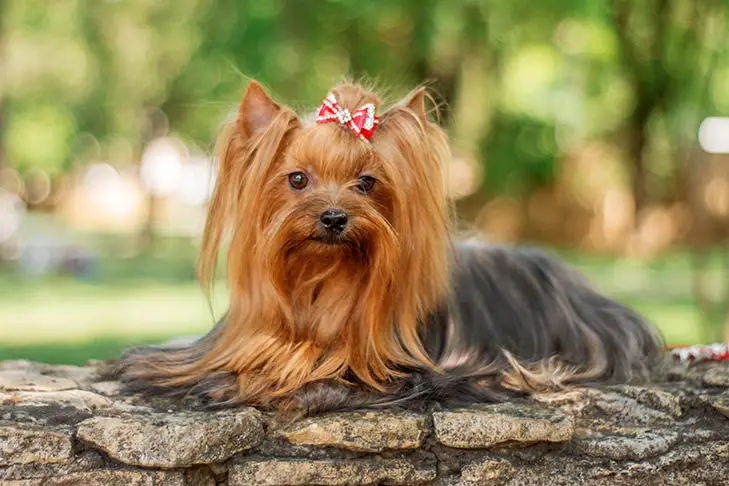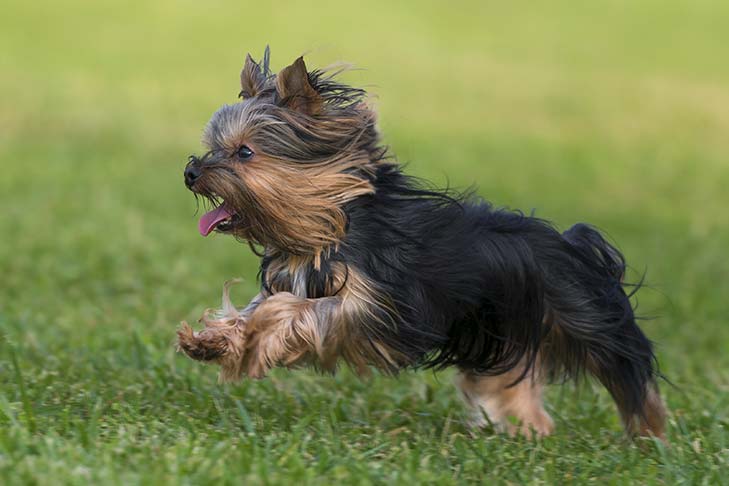The heart of a combative, old-time terrier beats beneath the dainty, glossy, floor-length coat of a Yorkshire Terrier. Long before they became the beribboned lapdogs of Victorian ladies, Yorkies worked as ratters in mines and mills. The Yorkshire Terrier is a little, toy-sized terrier that weighs no more than seven pounds and has a floor-length, silky coat of steel blue with a deep golden tan. Don’t be fooled by the Yorkie’s sweetness. The Yorkie possesses all of the characteristics of a true terrier: tenacity, feistiness, bravery, and, at times, bossiness. Yorkies, the most popular dog breed in many American cities, pack a lot of big-city attitudes into a little bit self-important package. Yorkies are long-lived and hypoallergenic (their coat resembles human hair rather than animal fur), and they make excellent watchdogs. This is a true ‘personality breed,’ capable of delivering years of laughter, love, and close friendship.





 Health
Health Grooming
Grooming Exercise
Exercise Training
Training Nutrition
Nutrition